The Language of Video
Sequencing video the have good getting for of paragraph. important like sense. You video to as grammar it is proper order make shots. is using to constructing your rules just together a grammar as like and know Putting in
Wait, what? Let’s try that again:
Putting video together is like constructing a paragraph. You have to know the rules of grammar in order for it to make sense. Sequencing your video is like using proper grammar and just as important as getting good shots.
Here is the traditional order for video sequences:
Wide shot (a.k.a. – Exterior shot, Long shot or Master shot) – Tells the viewer where you are. Shoot as wide as you can and include every relevant pictorial element. Shoot at least 2 or 3 wide shots, but only use one before moving on to the next shot.
Medium Shot (MS)– Zeroes in on the action. It’s usually used as a bridge from he wide shot to the close ups. Medium shots are shot from a different angle from the wide shot and, typically, you zoom in a little bit more. In a sequence, you use usually only use one of these.
Close Ups (CU)– These shots are the heart of your story. Beginning videographers don’t use enough of these. Do not be afraid to zoom in or get the camera close. In a close up, make sure you get both of the subject’s eyes. They’re typically shot from their collarbone to the top of their head. Close ups convey emotion and they will connect with the subject(s)! Typically, you will use 4 to 7 CUs in a sequence.
Extreme Close Ups (ECU) – Gives you specific detail as well as some shot variety). The ECU also compliments the previous close up. Use one or two of these. Otherwise, your viewer can get lost with too many.
Re-Establishing Shot (RS) -It’s the last shot in a sequence. Similar to the wide shot in that every pictorial element is show, but it’s not the same shot you used for your wide shot. The shot brings the viewer back to the setting. Think of it as “home base” for your viewer. It also tells the viewer that you’re going to move on to the next sequence.

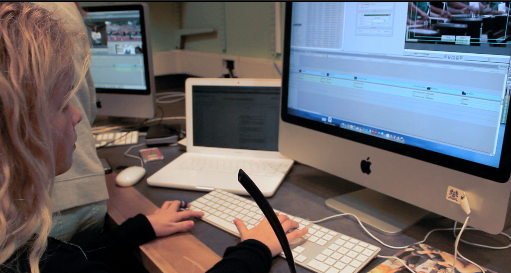

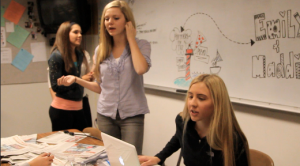
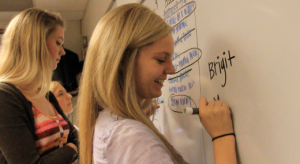
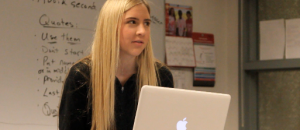
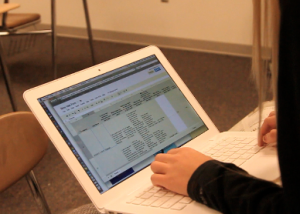
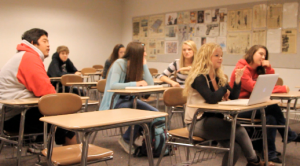



Great basic rules. In this day and age it seems that visual story telling is becoming more and more disjointed. I don’t necessarily think this is bad, but, I am a firm believer that “you must first know the rules before you can break the rules”.